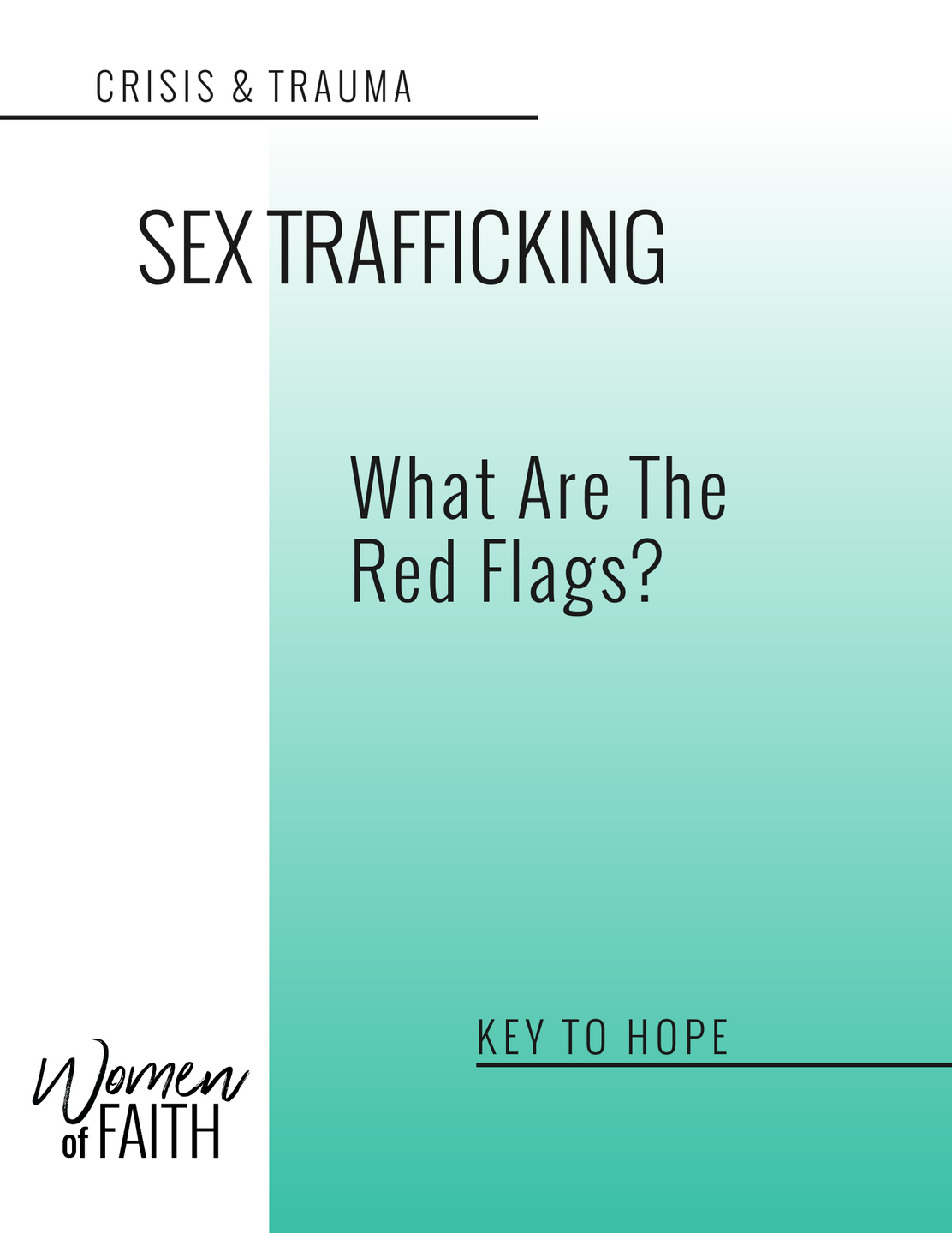How To Step Up And Take A Stand
ADDITIONAL RESOURCES COMING SOON
The textbook definition of human trafficking reads like this: the action or practice of illegally transporting people from one country or area to another, typically for the purposes of forced labor or sexual exploitation. And believe it or not, as crazy as this sounds, incarcerated women are prey for traffickers. A Guardian/Observer investigation found that U.S. jailhouses and prison cells are routinely used as recruiting grounds by pimps and sex buyers. Through the exploitation of holes in the criminal justice system, predators target incarcerated women, promising them love and security after release. Their intention is really to trap them in a continued cycle of criminalization and exploitation.
Sex trafficking is a type of human trafficking and is a form of modern day slavery. It is a serious public health problem that negatively affects the well-being of individuals, families, and communities. Human trafficking occurs when a trafficker exploits an individual with force, fraud, or coercion to make them perform commercial sex or work. Sex trafficking is defined by the amended Trafficking Victims Protection Act of 2000 as “the recruitment, harboring, transportation, provision, obtaining, patronizing, or soliciting of a person for the purpose of a commercial sex act.” It involves the use of force, fraud, or coercion to make an adult engage in commercial sex acts, but any commercial sexual activity with a minor, even without force, fraud, or coercion, is considered trafficking. This type of violence exploits women, men, and children across the United States and around the world. Sex trafficking is preventable. Understanding the shared risk and protective factors for violence can help us prevent trafficking from happening in the first place.
In addition to being a violent crime, human trafficking is a public health concern that impacts individuals, families, and entire communities across generations. It requires training and a response from communities, social service providers, health care providers, and other first responders.
Human trafficking is a form of modern slavery. It occurs when a trafficker exploits an individual with force, fraud, or coercion to make them perform commercial sex or work.
There are two types of trafficking:
- Labor Trafficking — Individuals are compelled to work or provide services by force, fraud, or coercion.
- Sex Trafficking — Adults are compelled to engage in commercial sex by force, fraud, or coercion. Minors are compelled to perform a commercial sex act regardless of the presence of force, fraud, or coercion.
Risk & Impact
We need to understand that women who are vulnerable to trafficking have come from childhoods that often include broken homes, alcohol and drug addiction, poor self-esteem, domestic violence and sexual abuse. It starts early, well before the age of 10-years-old. Young girls are exploited in the sex trade, then are tasked with “recruiting” other girls and boys into the trade. They are threatened, beaten and starved if they fail to comply with their predator’s wishes. A life spent sexually abused, used, beaten and disrespected without any financial means whatsoever all lead to desperate acts to survive. I think you know what comes next: arrests, convictions, incarceration, judgment and scorn. These are lives without any light, or hope. It’s just darkness. This way of life becomes all they know, which means the cycle continues in prison and after release.
Trafficking victimization and perpetration share risks and consequences associated with child abuse and neglect, intimate partner violence, sexual violence, and gang violence.
Victims can come from all backgrounds and become trapped in different locations and situations.
- Many victims are women and girls, though men and boys are also impacted;
- Victims include all races, ethnicities, sexual orientations, gender identities, citizens, non-citizens, and income levels;
- Victims are trapped and controlled through assault, threats, false promises, perceived sense of protection, isolation, shaming, and debt; and
- Victims do not have to be physically transported between locations to be victimized.
Perpetrators of human trafficking often target people who are poor, vulnerable, living in an unsafe situation, or searching for a better life. For example, youth with a history of abuse and neglect or who are homeless are more likely to be exploited. Learn how to recognize the signs of human trafficking.
Consequences of sexual violence, including sex trafficking, can be immediate and long term, including physical and relationship problems, psychological concerns, and chronic health outcomes.
What States and Communities Need to Know
Efforts have focused on increasing community awareness of human trafficking and addressing exploitation after it occurs. Fewer programs and policies have been implemented and evaluated to reduce upstream risks that may prevent trafficking before it occurs. Strategies based on the best available evidence exist to prevent related forms of violence, and they may also reduce sex trafficking. States and communities can implement and evaluate comprehensive efforts that:
- Encourage healthy behaviors in relationships.
- Foster safe homes and neighborhoods.
- Identify and address vulnerabilities during health care visits.
- Reduce demand for commercial sex.
- End business profits from trafficking-related transactions.




